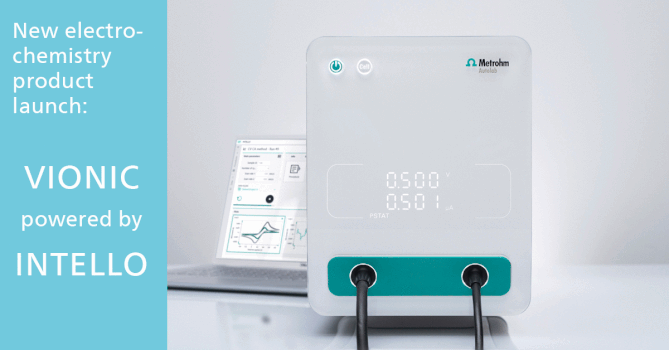Dicyclopentadiene and Its Derivatives in Chemical Industry
Abstract
Characteristics, properties, manufacture and applications of dicyclopentadiene (DCPD) are discussed and summarized. The manufacturers and end users are mentioned. Dicyclopentadiene is a cyclopentadiene (CPD) dimer; it is recovered from the C5 fraction produced together with ethene by steam cracking of naphthas, gas oils and heavy hydrocracking residues. Two general categories of industrial use of CPD and DCPD are: (1) production of resins and polymers including hydrocarbon resins, unsaturated polyester resins and (2) production of fine chemicals such as norbornene and ethylidenenorbornene and special polymers including cyclic olefin copolymers and poly(dicyclopentadiene). Some flame retardants, agrochemicals, norbornenes, flavor and fragrance intermediates are also based on cyclopentadiene. High-purity DCPD (93–95 wt.%) is cracked to give CPD and intermediates such as ENB. ENB and high-purity DCPD are used in the production of ethene-propene-diene rubbers (EPDM). High-purity DCPD can be further upgraded to an ultrapure grade (over 98 wt.% DCPD). Polymerization of ultrapure DCPD leads to poly(DCPD), which is used in catalytic reactive injection molding (RIM).Downloads
Published
2009-01-15
How to Cite
Krupka, J., Štěpánek, K., & Herink, T. (2009). Dicyclopentadiene and Its Derivatives in Chemical Industry. Chemické Listy, 102(12). Retrieved from http://ww.w.chemicke-listy.cz/ojs3/index.php/chemicke-listy/article/view/1583
Issue
Section
Articles




